Spencer Fox Eccles School of Medicine
50 Evaluating the Use of All of Us to Understand the Interaction of Exposures and Rheumatological Conditions
Divya Sundar; Caden Stewart; Naomi Schlesinger; Julio Facelli; and Ramkiran Gouripeddi
Faculty Mentor: Ramkiran Gouripeddi (Biomedical Informatics, University of Utah)
Introduction
Over 46 million Americans currently suffer from rheumatological conditions characterized by the destruction of joints and loss of muscle tissue (1, 2). Diseases affecting the musculoskeletal system are caused by genetic and environmental factors. First-degree relatives of patients with rheumatoid arthritis (RA) showed a 12fold increase of disease prevalence (3). Cigarette smoking along with the expression of HLA-DRB1 genes was found to increase the risk of RA by 23-fold (4). However, the interaction of genetic and environmental factors in rheumatological conditions still remain poorly understood, especially in underrepresented populations who already experience decreased access to healthcare and medical resources.
An observational study was carried out to assess the feasibility of using the All of Us research enclave for understanding the role of exposures in patients with rheumatologic conditions. Exposures were studied inclusively to determine the feasibility of All of Us in examining environmental exposures, social exposures, and prevalence of comorbid conditions. All of Us is a newly developed program that aims to gather health data from underrepresented populations in the United States to increase understanding of diverse populations in medical research. All of Us strives to achieve this by oversampling underrepresented groups such as Hispanic/Latino and Black or African American populations. This enclave has been used for studying various disease conditions (5).
Methods
Methods similar to those in Beese at al. were followed to evaluate the suitability of All of Us for rheumatological conditions (6). To study the interaction of exposures and rheumatological conditions, ten of the most common rheumatological diseases from the National Institute of Health (7) were chosen as disease cohorts within All of Us (Figure 1). Data on these disease cohorts included demographic information, health surveys, and physical activity levels of participants diagnosed with a rheumatological disorder. This data from each cohort was collectively compiled into a Jupyter notebook within the All of Us enclave for data extraction and analysis. Using the Python language and Pandas DataFrames, information about lifestyle such as cigarette smoking, alcohol consumption, physical activity, and sleep/energy levels were extracted. Additional health survey data was extracted to determine the percentage of participants with comorbid conditions, a marker for increased disease-related morbidity. Finally, these values were compared with the Centers for Disease Control national averages of adults with similar comorbid conditions and lifestyle patterns (8).

Figure 1. Top ten Rheumatological Conditions. Obtained from the National Institute of Arthritis and Musculoskeletal and Skin Diseases; Number of patients from each disease cohort within All of Us Database (9).
Results
Despite All of Us striving to oversample underrepresented populations, Black Americans were the only oversampled population (Figure 2) as compared to the national racial and ethnic distribution (Table 1). Comparing the lifestyle patterns of Americans and the All of Us participants with common rheumatologic conditions, higher rates of cigarette smoking (25% more than the average American) and 10% more consumption of alcoholic beverages was observed (Figure 3). These participants also demonstrated 30% lesser degree of engagement with vigorous exercise activity (Figure 3); it could not be determined whether this was a cause or effect of the rheumatologic condition. The prevalence of sixteen comorbid conditions — that included mood and sleep disorders, cardiopulmonary diseases, certain cancers, type 2 diabetes, hypertension, and obesity — were compared between 102,597 All of Us participants with rheumatological problems and the national US population. Amongst eleven comorbidities, there appeared to be differences between the All of Us cohort and the national US population. The All of Us participants demonstrated significantly increased prevalence of two comorbidities: skin cancer and depression and significantly decreased rates of insomnia, sleep apnea, heart disease, diabetes, hypertension and obesity. However, data for individual conditions with differing pathophysiological bases such as rheumatoid arthritis (RA) and gout was not compared between rheumatological disease states and with the national US population.
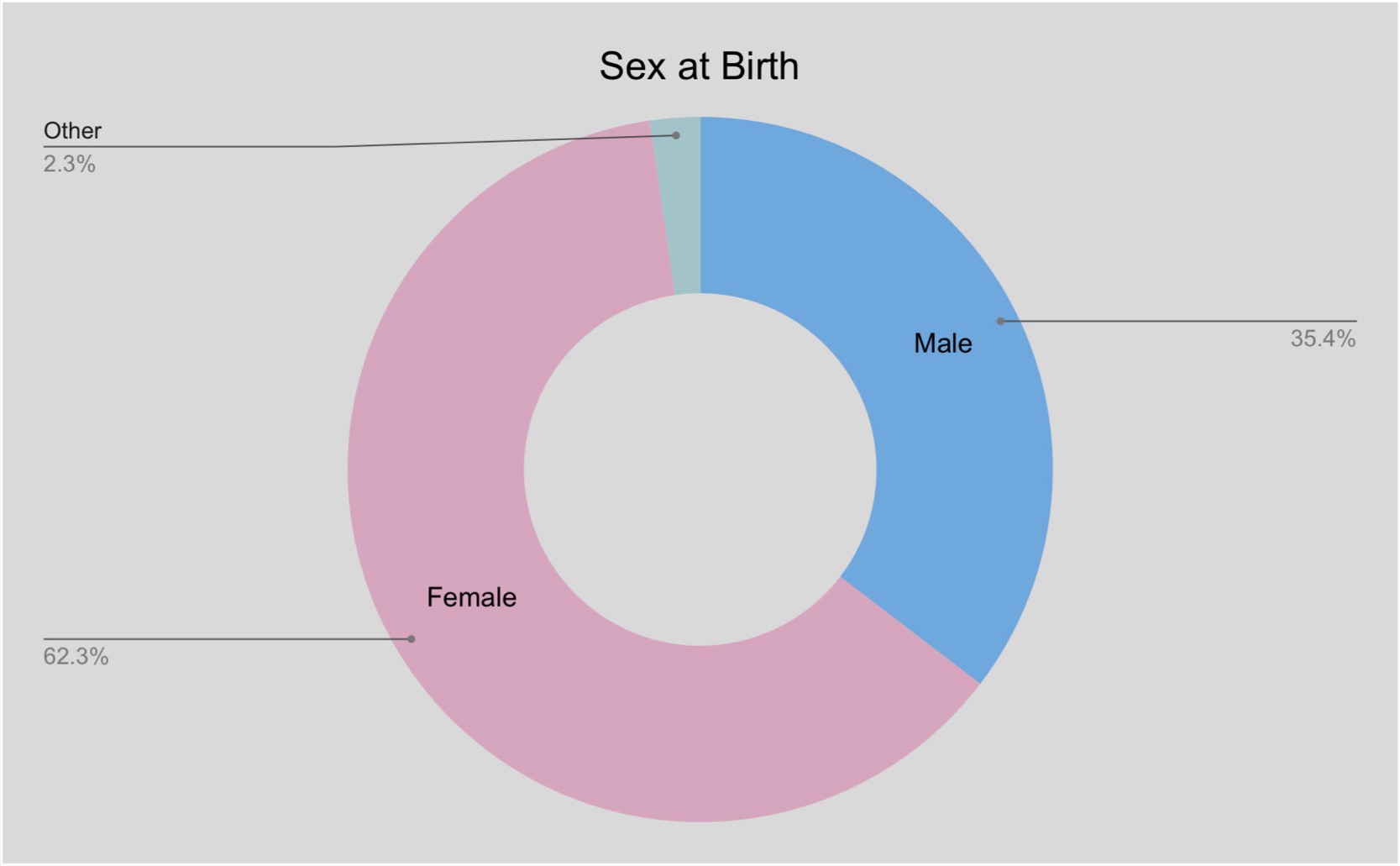
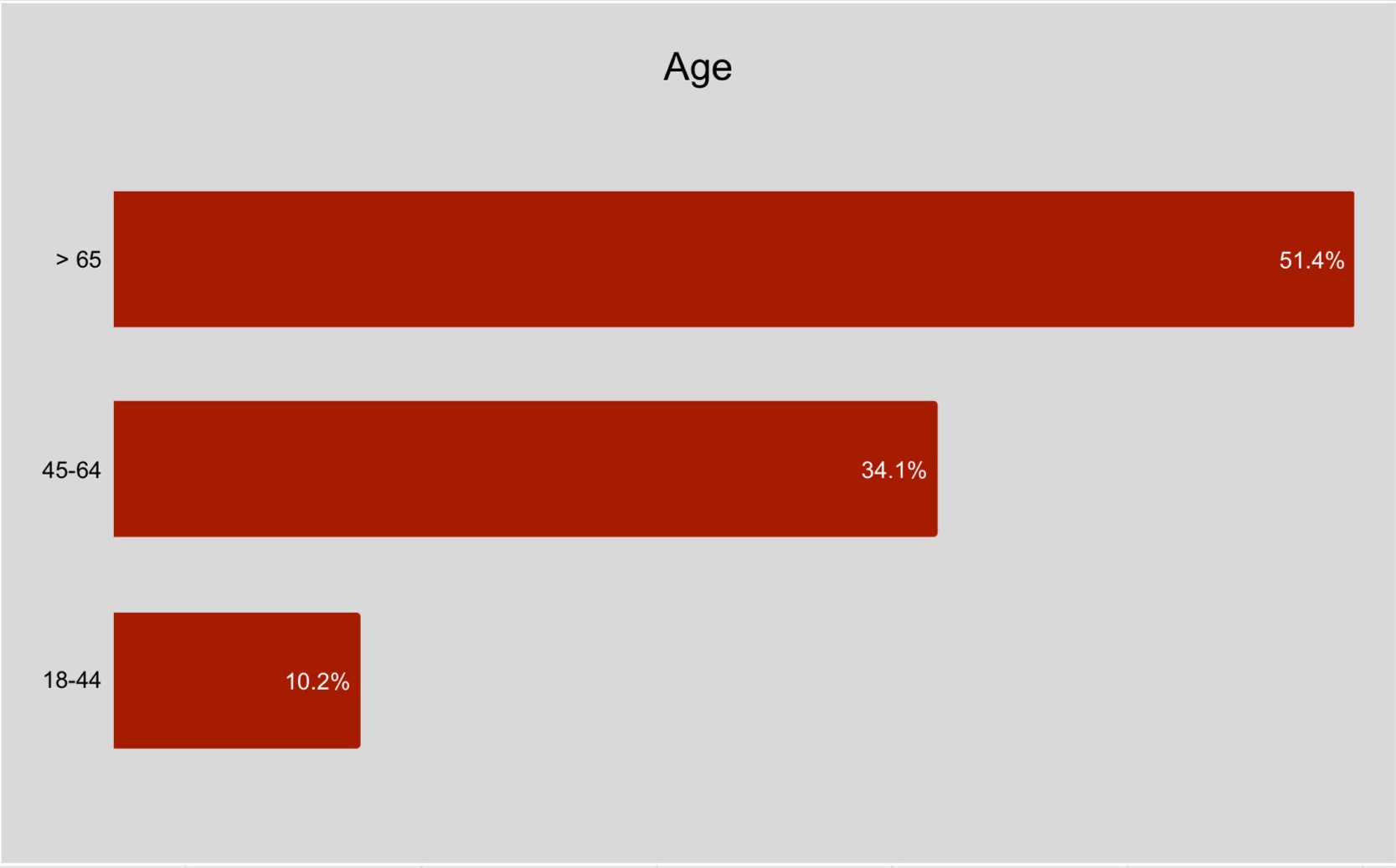
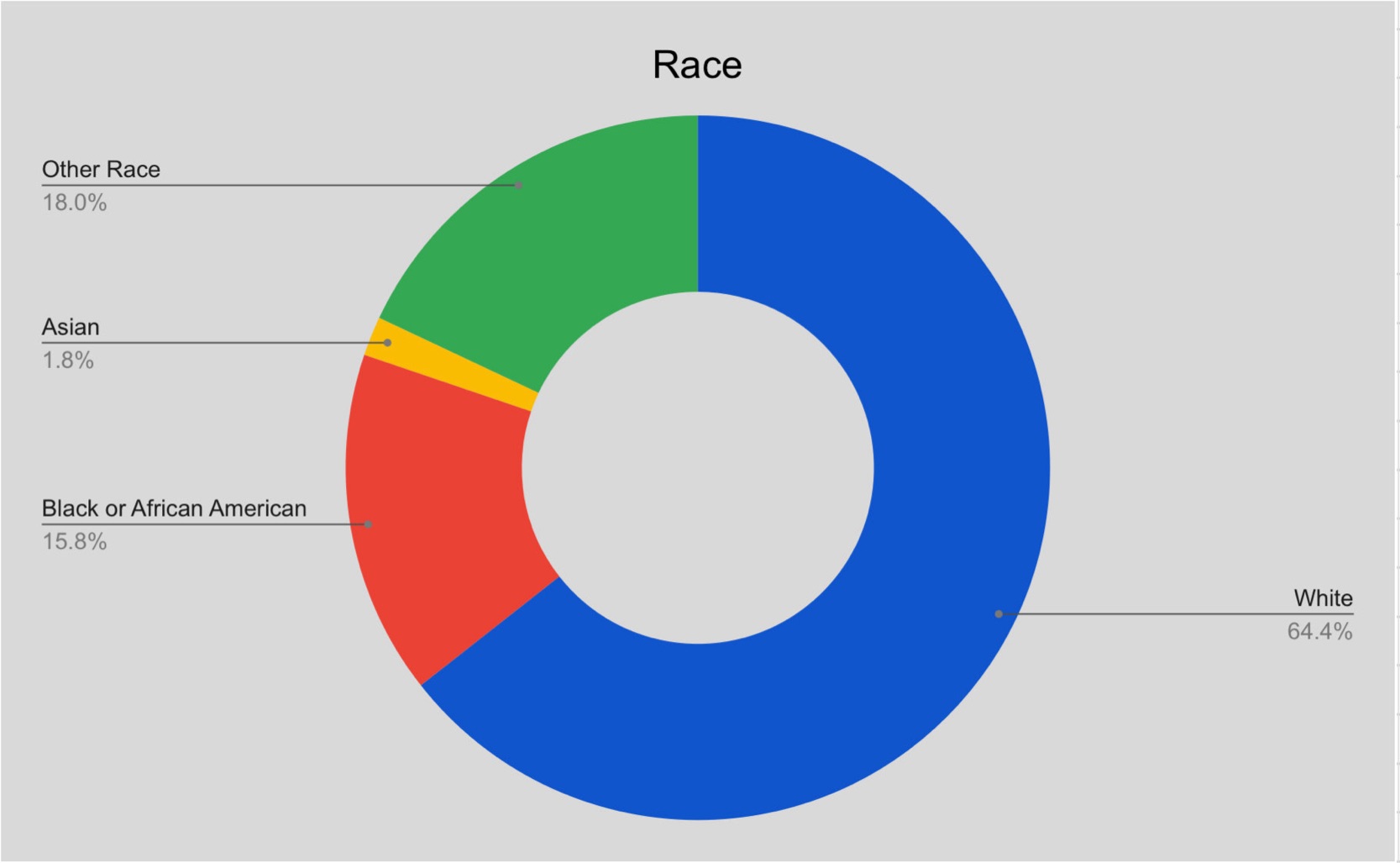
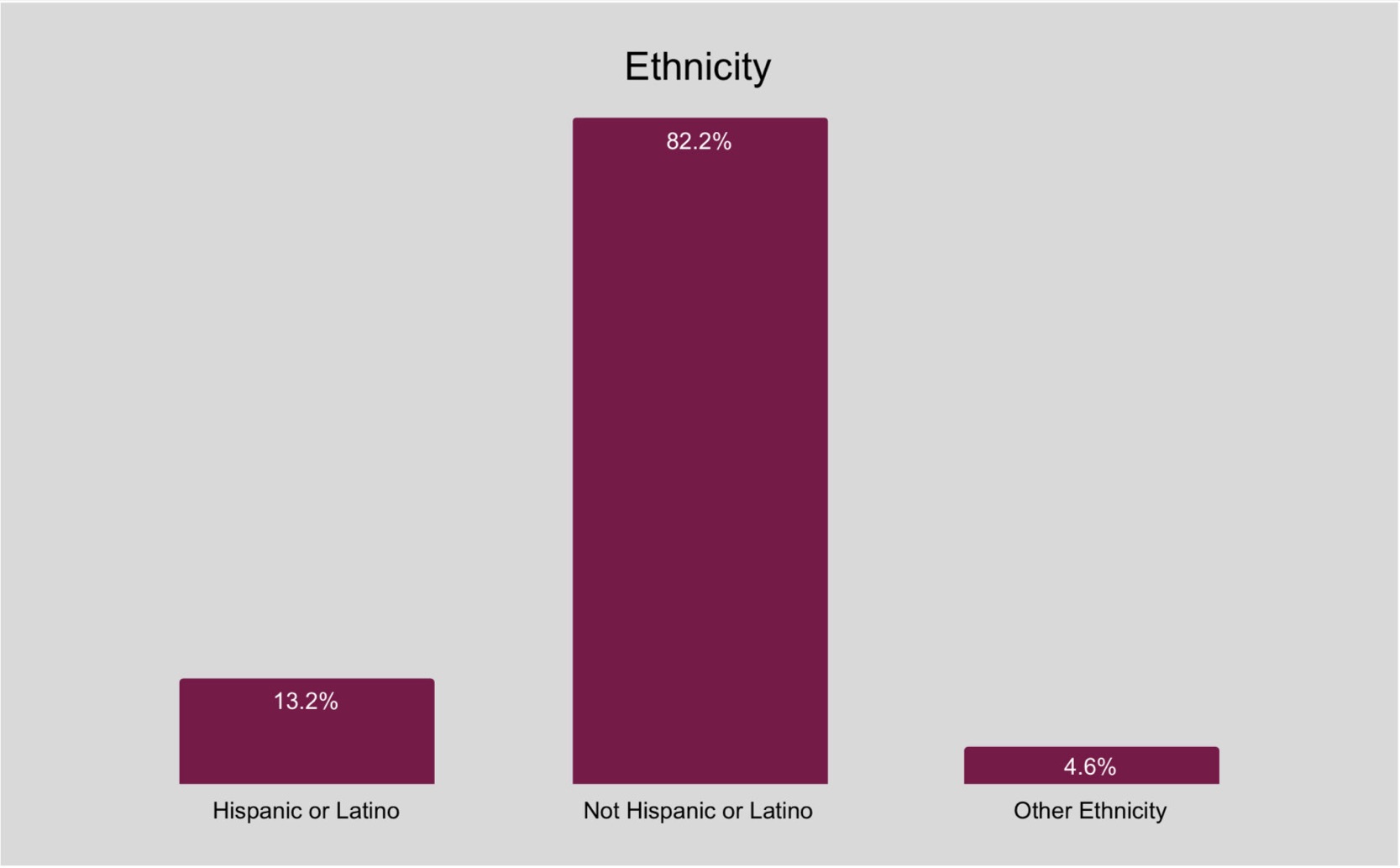
Figure 2. Demographics (Sex at Birth, Race, Current Age, Ethnicity). Total sample size of the ten disease cohorts is 102,597 patients.

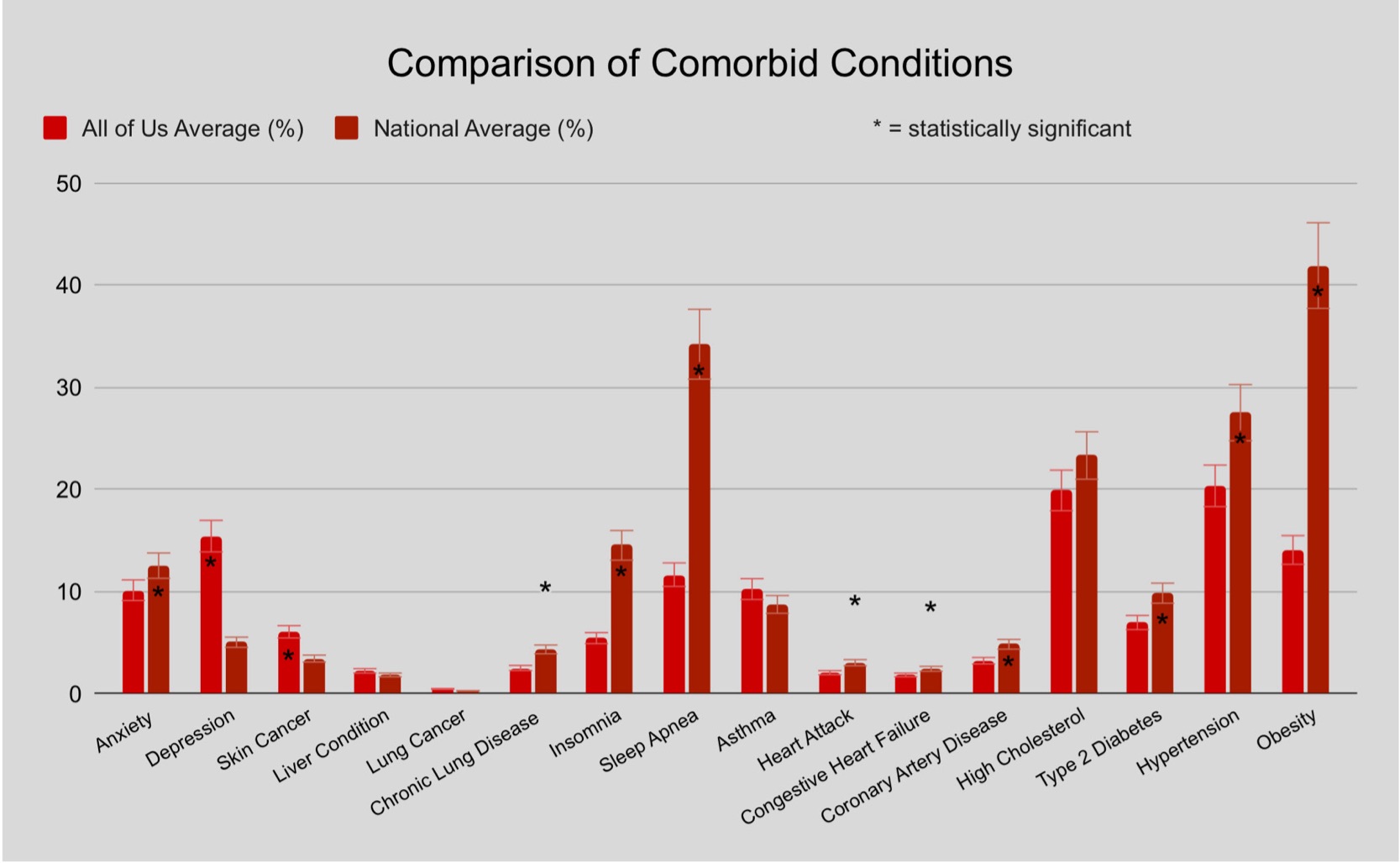
Table 1. United States Racial & Ethnic Distribution. 2020 Statistics. Obtained from the Centers for Disease Control and Prevention, Atlanta, USA (10).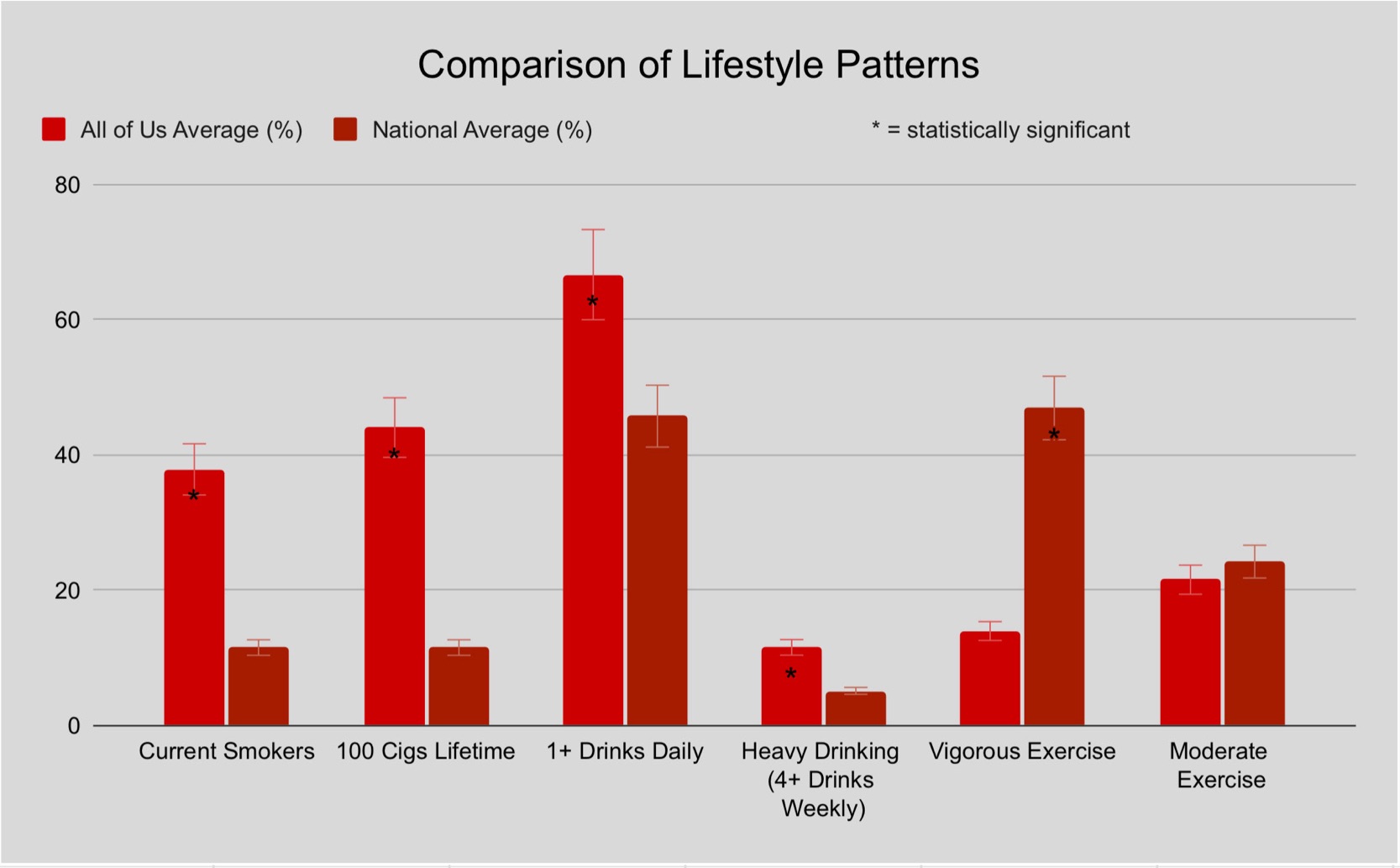
Figure 3. All of Us versus National Averages. Comparison of 16 comorbid conditions and 6 lifestyle patterns; * = denotes statistical significance between the All of Us average and national average indicating a difference in values
Conclusion
The results suggest that All of Us is a feasible tool in studying the interaction of exposures and rheumatological conditions. The All of Us data shows that patients with common rheumatological conditions differ in terms of tobacco and alcohol use, and degree of physical activity as compared to the national US population indicating that these exposures (or lack of) may be important in the predisposition and development of common rheumatological diseases. Additionally, the significant differences in the occurrence of mood and sleep disorders, cardiovascular disease, diabetes, and skin cancer indicates further that different exposomes and inflammatory milieus may be critical to the development of rheumatologic disease as compared to the occurrence of cardiovascular and metabolic disease. This study did not assess differences in prevalence of exposures or comorbid conditions in the Black or African-American All of Us cohort, specifically. It also did not separate individual rheumatologic diseases in terms of predisposing exposures or association with comorbidities. These types of future analysis will help further elucidate the relationship of individual rheumatologic diseases such as fibromyalgia, autoimmune lupus or RA, metabolic disorders such as gout, and aging-related problems such osteoarthritis to exposures and associated comorbidities. Our sample also showed a greater distribution of elderly patients which is not similarly reflected in the general population. These analyses suggest that All of Us can be a useful research tool in studying the interactions of exposures and common rheumatological conditions. Next steps will include using temporal and sequential data mining methods to understand the relationship between these exposures and disease development (11, 12, 13).
Acknowledgements
I would like to thank the Clinical and Translational Science Institute (NIH/NCATS UM1TR004409). This work was supported by SPUR from the Office of Undergraduate Research at the University of Utah awarded to Divya Sundar.
Footnotes
1. Rheumatology Conditions. Available from: https://www.indyrheumatology.com/treatment/rheumatologyconditions
2. Genomics in Rheumatic Diseases ScienceDirect. Available from: https://www.sciencedirect.com/topics/medicine-anddentistry/rheumatic-disease.
3. Rheumatic diseases: Environment and genetics ScienceDirect. Available from. https://www.sciencedirect.com/science/article/abs/pii/S129731 9X0900178X?via%3Dihub
4. Sparks JA, Costenbader KH. Genetics, environment, and geneenvironment interactions in the development of systemic rheumatic diseases. Rheum Dis Clin North Am. 2014 Nov;40(4):637-57. doi: 10.1016/j.rdc.2014.07.005. Epub 2014 Sep 2. PMID: 25437282; PMCID: PMC4250576.
5. Zheng, N.S., Annis, J., Master, H. et al. Sleep patterns and risk of chronic disease as measured by long-term monitoring with commercial wearable devices in the All of Us Research Program. Nat Med (2024). https://doi.org/10.1038/s41591-02403155-8
6. Shawna Beese, Demetrius A Abshire, Trey L DeJong, Jason T Carbone, An evaluation of the All of Us Research Programdatabase to examine cumulative stress, Journal of the American Medical Informatics Association, 2024;, ocae201, https://doi.org/10.1093/jamia/ocae201
7. Arthritis and Rheumatic Diseases National Institute of Arthritis and Musculoskeletal and Skin Diseases. Available from: https://www.niams.nih.gov/health-topics/arthritis-andrheumatic-diseases.
8. Center for Disease Control and Prevention. Available from: https://www.cdc.gov/
9. All of Us Research Hub. Available from: https://www.researchallofus.org/
10. United States Census Bureau. Available from: https://www.census.gov/
11. Mistry S, Riches NO, Gouripeddi R, Facelli JC. Environmental exposures in machine learning and data mining approaches to diabetes etiology: A scoping review. Artif Intell Med. 2023 Jan;135:102461. doi: 10.1016/j.artmed.2022.102461. Epub 2022 Nov 30. PMID: 36628796; PMCID: PMC9834645.
12. Mistry S, Gouripeddi R, Raman V, Facelli JC. Sequential data mining of infection patterns as predictors for onset of type 1 diabetes in genetically at-risk individuals. J Biomed Inform. 2023 Jun;142:104385. doi: 10.1016/j.jbi.2023.104385. Epub 2023 May 9. PMID: 37169058; PMCID: PMC10247497.
13. Sejal Mistry, Ramkiran Gouripeddi, Julio C Facelli, Datadriven identification of temporal glucose patterns in a large cohort of nondiabetic patients with COVID-19 using timeseries clustering, JAMIA Open, Volume 4, Issue 3, July 2021, ooab063, https://doi.org/10.1093/jamiaopen/ooab063
Media Attributions
- 137489262_figure_1__rheumatic_diseases-1
- 146881870_figure_2__sex_at_birth-1
- 146879582_figure_2__age-1
- 146881378_figure_2__race-1
- 146879585_figure_2__ethnicity-1
- 146883866_table_1-1
- 146882801_figure_3__comparison_of_comorbid_conditions-1
- 146883688_figure_3__comparison_of_lifestyle_patterns-1

